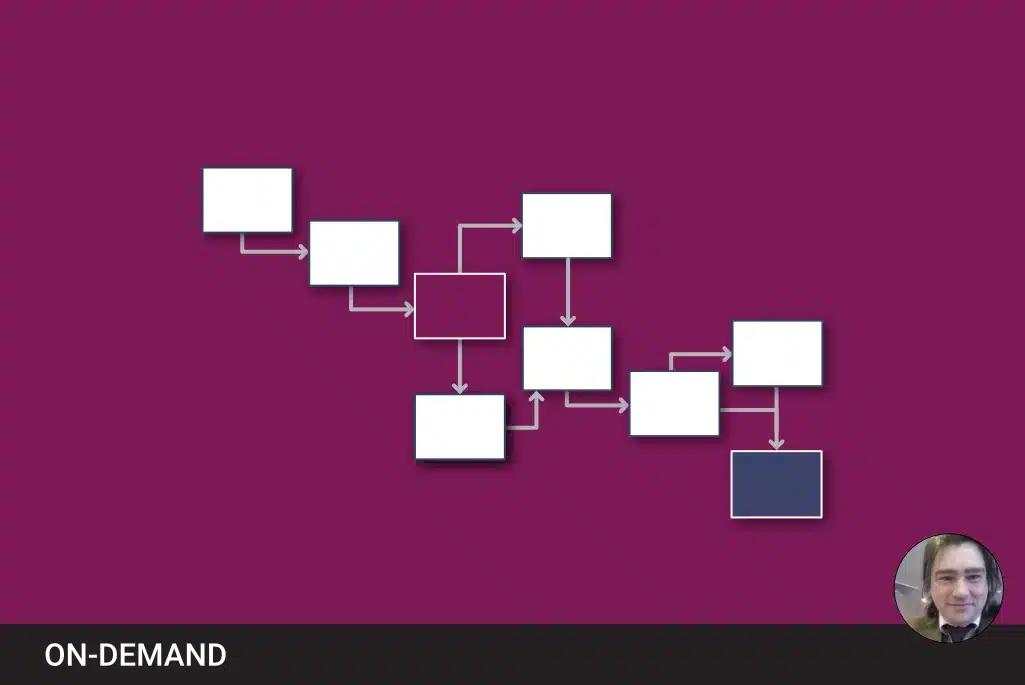What is a HAZID?
A Hazard Identification is a systematic and thorough method for ensuring that all significant hazards are considered and all potential accident triggering events are identified. The study identifies hazards from:
- Previous operational experience
- Effect of failure of equipment designed to protect, detect or mitigate hazards
- Human error
What are process risk assessments?
Most international health and safety law requires risk assessments to be carried out to ensure and maintain explosion and fire safety measures in all facilities and the workplace.
Risk assessment forms can generally be grouped into two distinct categories: 1) Are we doing enough? 2) Do we need to do more?
Risk assessments are, in effect, a health and safety management tool that can help to identify potential risks or weaknesses to primary designs, systems or the working environment itself.

Our HAZIDs and process risk assessments include:
Sigma HSE’s policy and management procedures for conducting either HAZIDs or process safety risk assessments are based on the following principles:
- All new and existing processes, within scope of the project, are screened to identify potential hazards and risks
- Are developed to either eliminate the hazard or reduce associated risk of harm
- Completion of actions are tracked and led by an individual experienced in carrying out process hazard reviews
Identify, mitigate and eliminate process hazards
The Sigma-HSE Advantage
Our dedicated process safety specialists have years of industry experience and can apply HAZIDs and a range of other risk assessments across various industries and businesses.
Whether it’s a new design or a review of existing processes or control measures, our team of specialist consultants are committed to helping you ensure and maintain compliance without the exorbitant fees and delay to your operations.
Our process safety consultants can aid you with detailed guidance in the following areas:
- HAZOP/HAZID
- E-HAZOP
- HRA (Task Analysis and Human Reliability Assessment)
- SIS (Safety Instrumented System)
- LOPA (Layers of Protection Analysis)
- FMEA (Failure Modes and Effects Analysis)
- FMECA (Failure Modes, Effects, and Criticality Analysis)
- COMAH (Control of Major Accident Hazards)
- Frequency Assessments
- Consequence Modelling
- OBRA (Occupied Buildings Risk Assessment)
- QRA (Quantitative Risk Assessment)
Request a Free Quote
Frequently asked questions
How is a HAZID used?
The HAZID is used to identify all potential hazards including major accident hazards. This is followed by the a subsequent qualitative hazard ranking of risk posed by any potential hazards.
The HAZID is recorded using a purpose designed spreadsheet which records the process hazards; control, preventative and mitigation safeguards; and any actions identified during the HAZID.
What kind of risk assessments can Sigma-HSE complete for me?
Our specialist consultants have years of risk assessment experience and are trained to carry out a range of risk assessment methodologies such as HAZOP, HAZID, LOPA, OBRA and QRA.
Understanding Risk Assessments
European and non-European health, safety and environmental work regulations require risk assessments to be undertaken at regular intervals to ensure and maintain workplace safety.
Although there are multiple tools and methodologies available, workplace risk assessments should accurately assess risks, identify hazards and clarify decision-based outputs.
Where can process risk assessments and HAZIDs be implemented?
We implement risk assessments in a holistic way to cover employees and non-employees across European facilities and non-European sites.
We also determine what practicable measures and recommendations should be made for your company to consider reducing the level of risk to people, business, facilities and the environment while satisfying safety legislation.
When can risk assessments and HAZIDs be implemented?
Our dedicated risk assessment and process safety management consultants have years of industry experience and can apply various risk assessment services, systems and techniques (from initial risk assessments through to final design) across a range of industries and can be applied to the complexities of your business.
Our dedicated team of experts are committed to helping you ensure and maintain compliance without the exorbitant fees and delay to your operations.

On-Demand: How a HAZID Supports Your DSEAR Assessment

HAZOP vs HAZID Studies: Understanding the Differences


